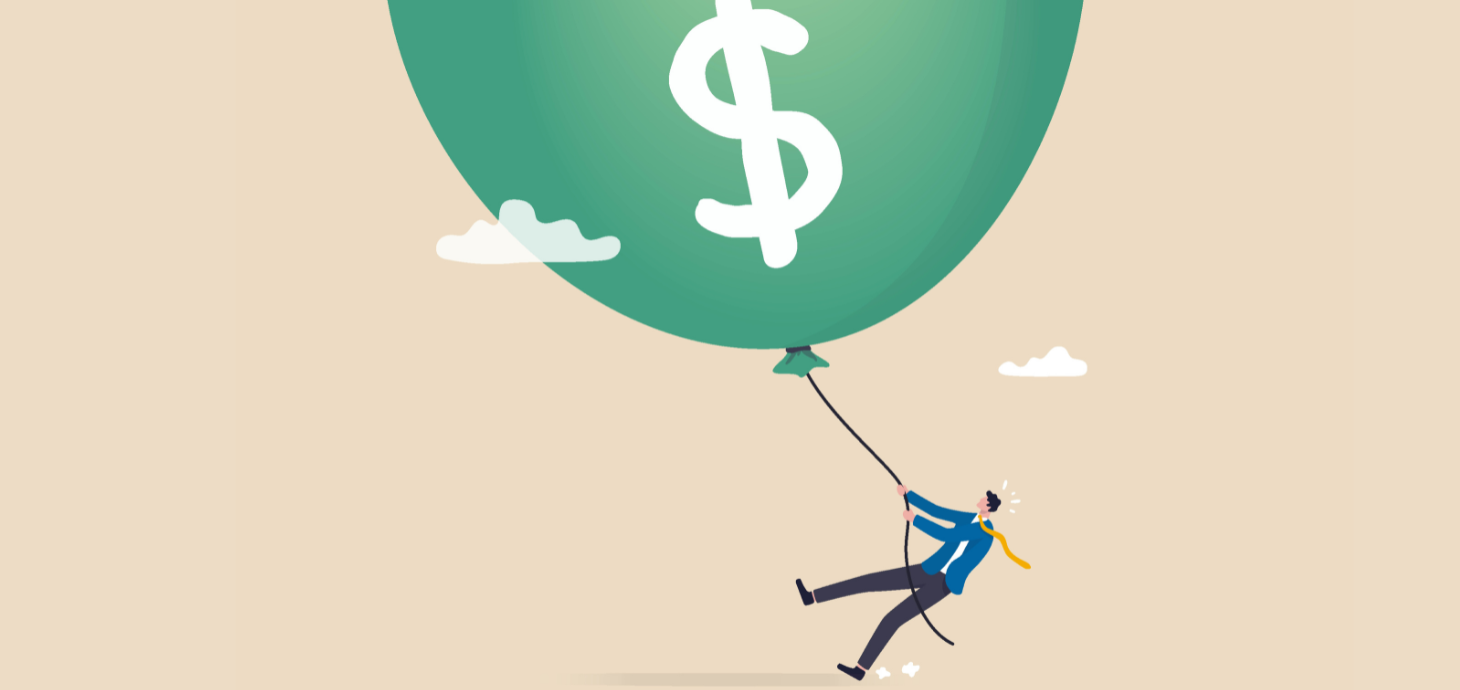Economic Update: Q3 2022

Welcome to the Dog Days of Summer! In case you found yourself wondering where that phrase comes from (like I did), research indicates it has to do with everything from constellations and stars to dogs seeking shade from the hottest days of the year. Regardless, here’s hoping the Fall shows up to cool things down soon.
Terrible segue alert: Speaking of hot and cooling down, let’s talk about inflation and the economy! Fresh readings of price increases, interest rate hikes, and GDP contraction give us a lot to digest. In this Economic Update, we will give you the facts and some brief discussion, followed by a big-picture look at how we see these things.
First up: Inflation. Coming in at 8.6% for the 2nd quarter as a whole and 8.5% in July, inflation is real, persistent, and impacting all of us in numerous ways. Indeed, many Americans are feeling the negative effects of high inflation for the first time in their adult lives. This fact underscores recent data that shows people are changing how they purchase and consume goods, including lowering their overall spending and choosing essentials over discretionary items and substituting generic brands for higher-end names of goods. We believe this rational response to inflation will continue for the rest of 2022 and into 2023 as the forces of interest rates and supply & demand take hold and bring prices back into order. We also think this will help ensure that recessionary pressure does not last for years nor take the economy down too far.
Inflation has obvious ramifications for interest rates, and with the Fed’s recent announcement, the Fed Funds rate has now gone from 0% at the start of 2022 to 2.25-2.5% in 7 months. The market believes the Fed will increase its target rate another 1-1.5% by year end before pausing its increases in 2023. This pace of increase reflects the harsh realities of high inflation described above. Recall that rising interest rates increases borrowing costs for consumers, which increases the share of income we spend on debt, which means we can spend less on other things. In other words, the Federal Reserve raises its interest rate in order to reduce our demand for goods and services. In our view, this is having the Fed’s desired effect on our demand and the economy as a whole. We therefore expect the Fed to be fine with a slowing economy, even a possible recession, for some time as they stay focused on reducing inflation rather than a focus on reviving an economy that already appears fundamentally healthy outside of inflation and has a miniscule unemployment rate.
Speaking of recession, the US economy slowed again in Q2 at -0.9%, following Q1’s contraction of -1.6%. This begs an important question: Is this actually a recession? Typically, two consecutive quarters of economic slowdown has constituted a “technical recession” but this is not a textbook definition, rather an indicator that is widely used. Disregarding technicalities, it seems strange that the economy could be in recession while we are at full employment. The major culprit is inflation, which shows just how interdependent all of these topics really are. Inflation has caused real income to shrink; consumers therefore cannot spend as much, which means businesses need to shrink inventories and cut workers while government spending also slows, and we find our economy contracting. However, whether this is technically called a recession is less relevant than how we react to a slowing economy. We find that many businesses are still investing in their growth opportunities and plenty of job opportunities are still available so far in 2022. This suggests that, even in a technical recession, consumers and businesses have prospects of stability, which will help shallow any downturn and reduce the amount of time that it lasts. Absent other economic shocks, we believe this is the most likely scenario especially in the Southeast, and we expect that we will not “feel” a deep recession in the coming months.
These are uncertain times. So much information coming at us has a tendency to make us anxious about the future, especially when it comes to the economy and our finances. However, we encourage you to stay focused on the things we can all control: making wise choices, being disciplined and unpanicked, and keeping a long-term vision of what we can achieve together. This will ensure that any short-term influences do not sway us from our goals and plans. Southern First is here to help, especially in confusing or uncertain times. This is when having a Banker makes all the difference!
by Cal Hurst, Chief Banking Officer



.png?sfvrsn=4583b53d_0)
